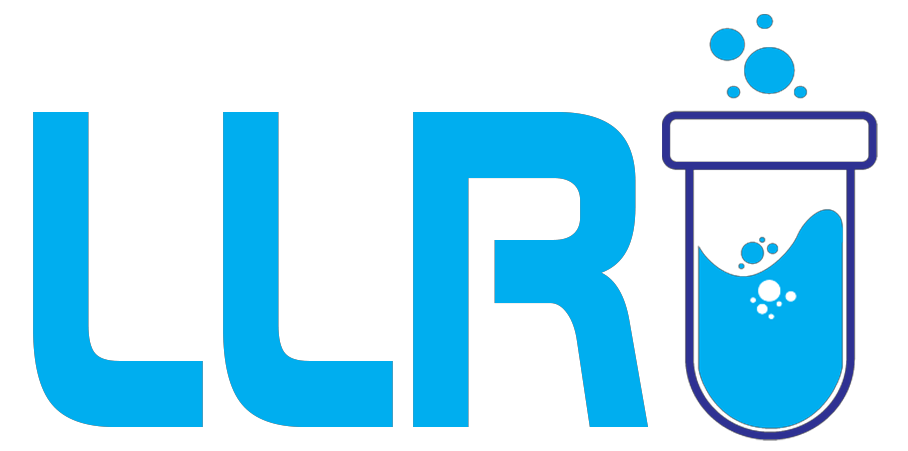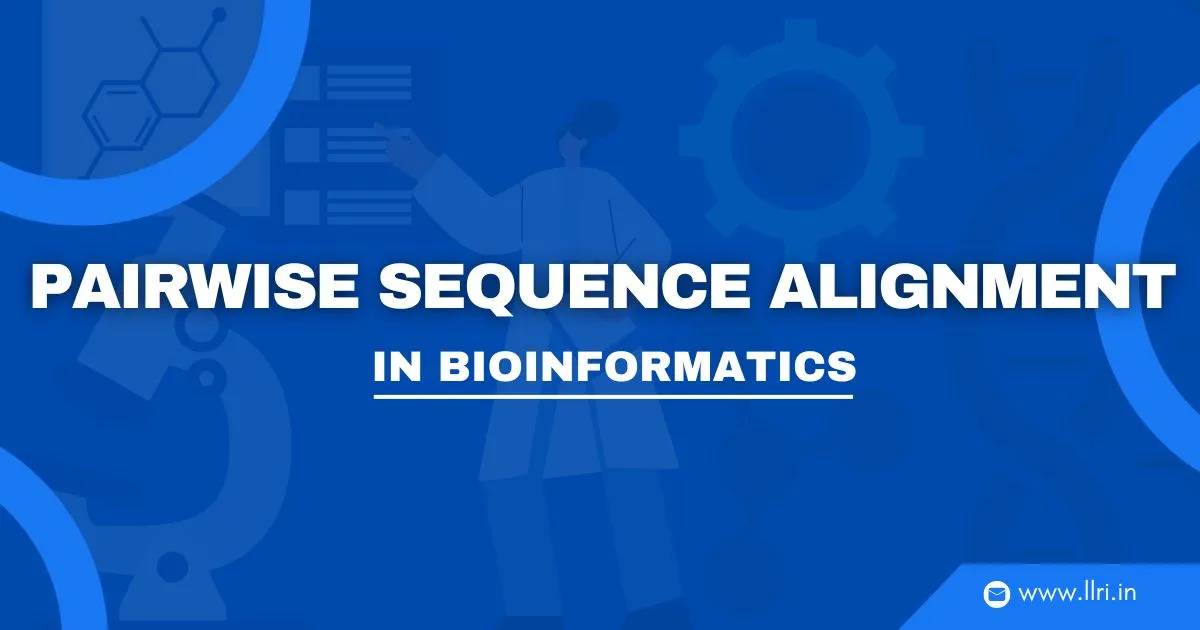Pairwise sequence alignment in Bioinformatics is like comparing sentences to spot spelling mistakes—only here, it’s about matching DNA, RNA, or protein sequences to understand life at its most basic level. This powerful technique has transformed molecular biology, helping scientists decode genetic information, trace evolutionary paths, and even discover potential treatments for diseases.
Whether you’re a student curious about molecular biology or someone eyeing a clinical research course, this blog breaks it all down in a clear and simple way.
What is Pairwise Sequence Alignment in Bioinformatics?
In simple words, pairwise sequence alignment in bioinformatics is a method used to compare two biological sequences—DNA, RNA, or protein—to identify regions of similarity. These similarities may hint at functional, structural, or evolutionary relationships between the sequences.
The goal? To understand if two sequences are related, and how. According to a 2023 research paper published in Bioinformatics Advances, “Pairwise alignment is often the first step in understanding sequence functionality and origin.”
Are you looking for an affordable clinical research course? Click here then!

Why Does Pairwise Sequence Alignment Matter?
Here’s where things get interesting. Pairwise sequence alignment is used for:
- Gene discovery: Spot new genes by comparing unknown sequences with known ones.
- Disease diagnosis: Detect mutations by aligning patient sequences with standard references.
- Drug development: Identify protein targets by comparing sequences across species.
Application of pairwise sequence alignment is widespread in virology, cancer research, genetics, and personalized medicine.
We can’t understand biology without understanding sequences—and we can’t understand sequences without alignment – it is that simple!
Methods of Pairwise Sequence Alignment
There are two primary methods of pairwise sequence alignment:
1. Global Alignment (Needleman-Wunsch Algorithm)
Used when two sequences are of similar length and are expected to be broadly similar across their entire length.
- Focuses on aligning every residue in both sequences
- Best when comparing sequences from closely related species
2. Local Alignment (Smith-Waterman Algorithm)
Targets similar regions within long sequences.
- Ideal when comparing sequences that differ significantly in length
- Helps find conserved motifs or functional domains
Both techniques use scoring matrices (like PAM or BLOSUM) to calculate the match, mismatch, and gap penalties.
Pairwise Sequence Alignment Tools You Should Know
Now, let’s talk about some of the most used pairwise sequence alignment tools that are freely available and widely adopted by researchers:
- BLAST (Basic Local Alignment Search Tool): Probably the most popular tool in molecular biology.
- EMBOSS Needle: A user-friendly interface for global alignment.
- FASTA: An early but still relevant tool for fast and accurate local alignments.
- LALIGN: Compares multiple segments between two sequences.
If you’re planning to take up a clinical research course, you’ll likely get hands-on training in these tools during bioinformatics sessions.

Application of Pairwise Sequence Alignment in Real Life
Still wondering how this all fits into the bigger picture? Here’s how the application of pairwise sequence alignment shows up in real-world scenarios:
- Vaccine development: During the COVID-19 outbreak, researchers aligned SARS-CoV-2 sequences with known viruses to design vaccines.
- Cancer research: Identifying mutations in oncogenes or tumor suppressor genes by aligning patient sequences.
- Agricultural genomics: Improving crop yields by comparing gene sequences of different plant varieties.
At institutions like the Learning Labb Research Institute (LLRI), students learn to apply these techniques directly to real datasets during their clinical research training programs.
Difference Between Pairwise and Multiple Sequence Alignment
Here’s a question we get often: What’s the difference between pairwise and multiple sequence alignment?
| Feature | Pairwise Sequence Alignment | Multiple Sequence Alignment |
| Number of sequences | Two sequences | More than two sequences |
| Complexity | Relatively simple | More complex |
| Use case | Finding similarity between two | Identifying conserved regions across many |
| Common tools | BLAST, EMBOSS Needle | ClustalW, MUSCLE |
The difference between pairwise and multiple sequence alignment lies not just in the number of sequences but in the goal. Pairwise helps find how similar two sequences are; multiple alignments help in evolutionary studies and functional predictions.
Learning Pairwise Sequence Alignment at LLRI
If you’re seriously considering entering the world of clinical research or bioinformatics, the Learning Labb Research Institute (LLRI) is one place you should look into. They offer:
- Practical modules on pairwise sequence alignment tools
- Advanced training in methods of pairwise sequence alignment
- Focus on application of pairwise sequence alignment in clinical settings
- Collaboration with biotech labs for real-world exposure
LLRI also ranks among the best institutes for PG Diploma in Clinical Research, especially in India.
And yes, they do cover the difference between pairwise and multiple sequence alignment, which is a frequently tested concept.
Clinical Research Training: A Doorway to Opportunities
If bioinformatics is the engine, clinical research is the road where the journey unfolds. Interested in a career in research and healthcare? Here’s what you should know:
- A good clinical research training center will introduce you to topics like bioinformatics, pharmacovigilance, and regulatory affairs.
- Many institutes offer a well-rounded clinical research course, with modules that include sequence alignment.
- Wondering about the clinical research course fees? They typically range from ₹50,000 to ₹1,20,000 depending on the institute and duration. However, the clinical research courses at LLRI starts at a lower price and has financial assistance – allowing you to learn without the stress of financial constraints.
Some of the top choices in India for training include Learning Labb Research Institute (LLRI).

On A Final Note…
That was a full ride through the world of pairwise sequence alignment in bioinformatics. From methods of pairwise sequence alignment to real-world tools and applications—it all connects deeply with ongoing medical and genetic research.
If you’re someone exploring opportunities in clinical research, don’t just stop at the basics. Dive deeper with a clinical research training center like LLRI, which blends modern bioinformatics with clinical relevance. With so much changing in the world of medicine and technology, skills like these are no longer optional—they’re the future.
Thinking of enrolling in a course? Research well, check clinical research course fees, and go for institutes with hands-on training. After all, if you’re going to make a mark, why not start with the best institute for PG Diploma in Clinical Research?
Have questions? Want to learn more about where to start your journey in clinical research or bioinformatics? Contact us.
Now, let’s clear some doubts…
FAQs
What is the main goal of pairwise sequence alignment in bioinformatics?
The main goal is to compare two sequences to identify regions of similarity, which can point to functional, structural, or evolutionary relationships.
Are pairwise sequence alignment tools easy to learn?
Yes, tools like BLAST and EMBOSS are quite user-friendly, especially when guided by a structured clinical research course.
Can I learn sequence alignment in a clinical research course?
Absolutely. Institutes like LLRI integrate hands-on sequence alignment training into their curriculum.
What’s the difference between pairwise and multiple sequence alignment?
Pairwise deals with two sequences; multiple sequence alignment compares three or more. They serve different scientific purposes.
Are there any free tools available?
Yes. Tools like BLAST, EMBOSS, and FASTA are open-source and widely used.

